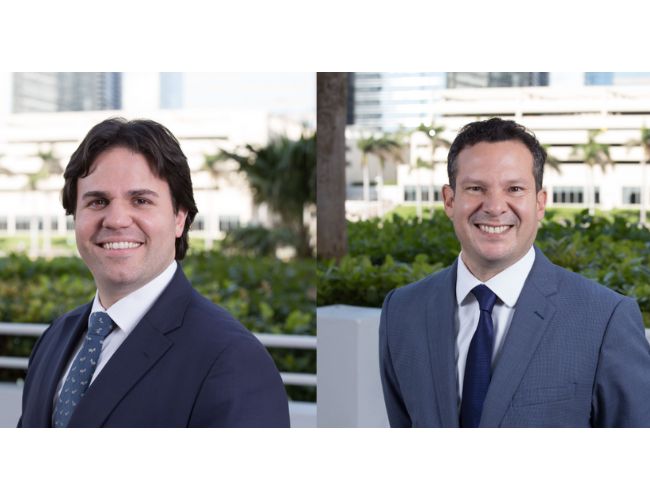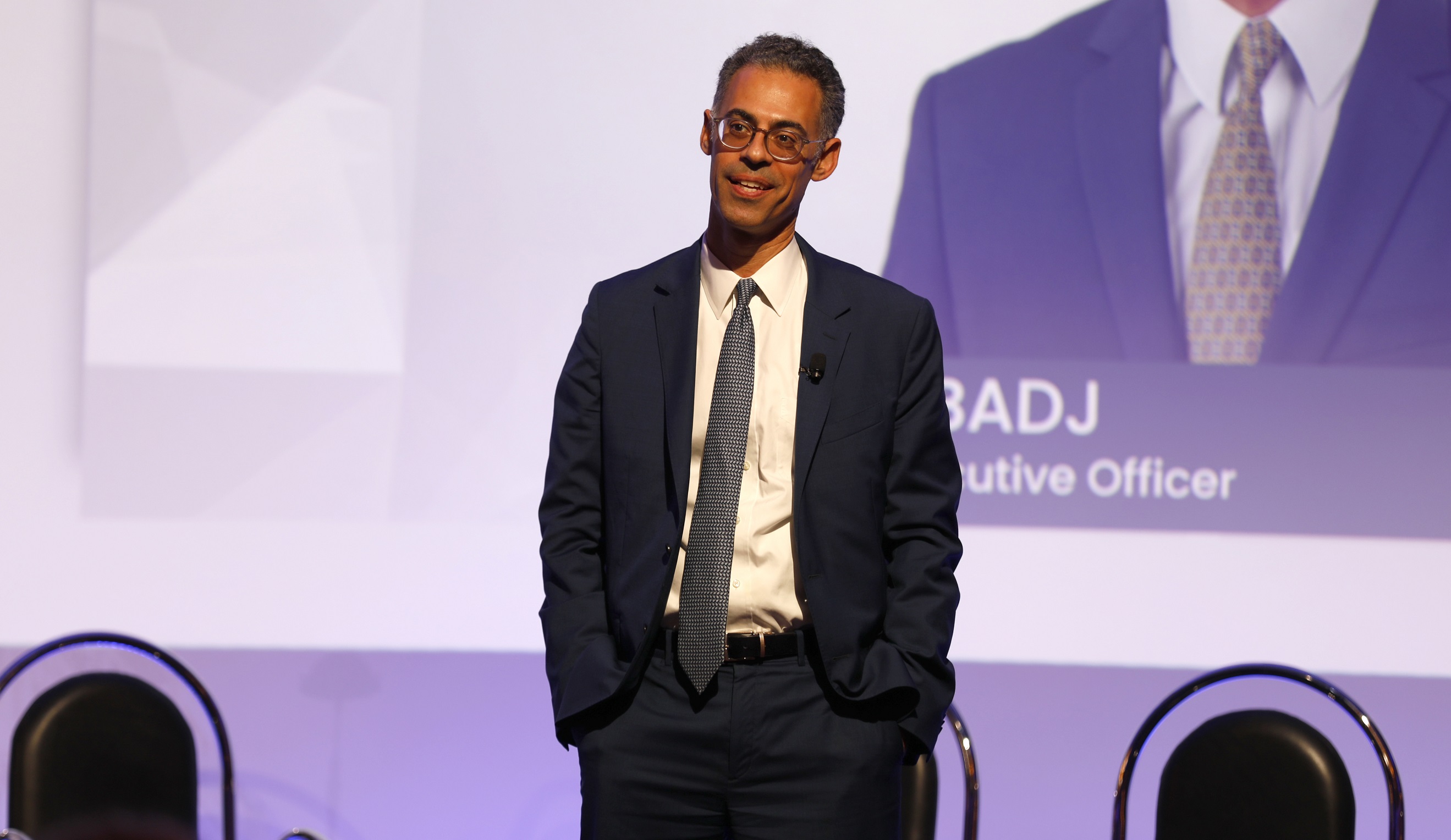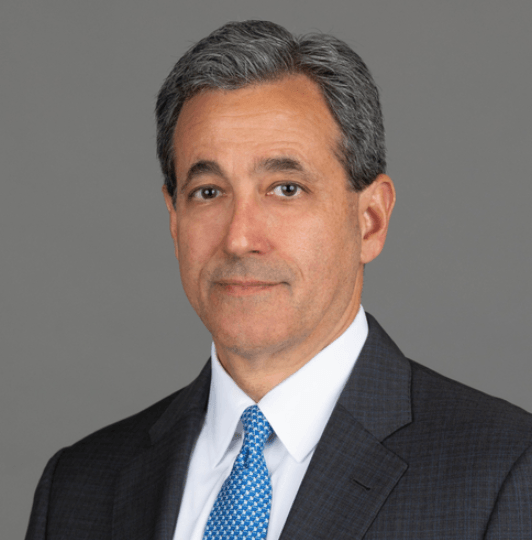
J.P. Morgan launched its 24th annual Summer Reading List, a collection of books selected to spark curiosity, inspire new perspectives and unlock potential for the future. With new titles by creative luminaries, admired industry leaders and forward-thinking entrepreneurs, the books invite readers worldwide on a journey from the canopy of the Amazon to the ranches of Wyoming, to the boardrooms of Hong Kong and beyond.
“Books have fired our imaginations for centuries. As we enter an era marked by rapid technological advancement, our list illuminates ideas to fuel progress, from how to lead more inclusively to how to harness the latest developments in artificial intelligence,” said Darin Oduyoye, Chief Communications Officer of J.P. Morgan Asset & Wealth Management.
To curate the list, J.P. Morgan Client Advisors worldwide submitted hundreds of non-fiction titles. That list was then culled and reviewed based on timeliness, quality and appeal to the firm’s global client base.
A summer tradition for over two decades, the 2023 J.P. Morgan Summer Reading List introduces a future-inspired read, selected by and for the next generation. To select the “Next Gen Pick”, a sub-committee of Associate and Vice President-level J.P. Morgan Client Advisors representing North America, Latin America, Asia Pacific and Europe met to review and select one title to engage and inspire early-career clients and colleagues.
“We wanted the ‘Next Gen Pick’ to encompass emerging ideas and themes that will drive the future,” said Derby Chukwudi, Associate Investment Strategist at J.P. Morgan Private Bank. “Whether you’re a technology entrepreneur, environmental activist, creative artist, or the next generation of a family enterprise, the title we selected outlines how you can identify the role you have to play in preparing for what the future holds.”
The 2023 Summer Reading list line-up includes:
Good Power: Leading Positive Change in Our Lives, Work, and World by Ginni Rometty
The former IBM CEO shares her pioneering path from a difficult childhood to becoming one of the world’s most influential business leaders. With candor and wisdom, Ginni Rometty recounts her life and career milestones—personal challenges, critical decisions and passionate advocacy—all while redefining power as a way to drive meaningful change. From protecting trans workers to hiring employees with unconventional career paths, Rometty’s “memoir with purpose” offers a blueprint for using “good power” to inspire teams, advance careers and companies, and to build a better world.
Money Machine: A Trailblazing American Venture in China by Weijian Shan
In this fascinating tale of an American firm’s success in China, Weijian Shan delivers the compelling story of one of the most significant deals in private equity history: the first foreign acquisition of a Chinese national bank. In this firsthand account from the chief architect of the deal, Money Machine offers a peek behind the curtain of the process, including the complex negotiations between private equity executives and Chinese regulators, and the challenges of returning the bank to profitability. Tracing the deal from inception to victorious conclusion, Shan reveals insights into China’s capital system, how to thrive in a foreign culture and how private equity firms can add real value to companies.
Reflections of a Vintner: Stories and Seasonal Wisdom from a Lifetime in Napa Valley by Tor Kenward
This iconic, award-winning vintner recounts the lessons learned and friendships forged during his nearly 50-year journey through the burgeoning wine industry of Napa Valley. Detailing experiences from the mid-70s, when there were fewer than 50 wineries, to the present, with over 800, Tor Kenward shares his insights on the region’s evolution into a world-class wine destination. Weaving in anecdotes of his friendships with legends of the food and wine scene, including Julia Child, André Tchelistcheff and Andy Beckstoffer, Kenward offers an entertaining, inside look into the fascinating and complex world of wine.
Think Like a Horse: Lessons in Life, Leadership, and Empathy from an Unconventional Cowboy by Grant Golliher
Each year, Fortune 500 executives, celebrities, professional coaches and Supreme Court justices flock to “horse whisperer” and leadership expert Grant Golliher’s Wyoming ranch to learn his approach to horse training. Horse whispering may sound like magic, but Golliher demonstrates how his method is as fundamental and ageless as the relationship between horses, the people who ride them, and the beauty of the West. Golliher distills his hard-won horse sense into invaluable lessons about communication, boundaries, fairness, trust and respect—lessons we can use to better understand our common humanity and unlock untapped potential in our careers and lives.
Radically Human: How New Technology Is Transforming Business and Shaping Our Future by Paul R. Daugherty and H. James Wilson
As new AI-powered technologies such as the metaverse and natural language processing are rapidly advancing—with human behaviors and intelligence informing the design of new machines—all companies must be technology companies to compete. Accenture technology leaders Paul R. Daugherty and H. James Wilson address this intersection of technology and human ingenuity in Radically Human, which outlines how companies across industries are tapping into technology to reshape the very nature of innovation. With examples across a variety of industries, Daugherty and Wilson offer a framework for value creation and more human-centered, trust-based and sustainable organizations.
The Women of Rothschild: The Untold Story of the World’s Most Famous Dynasty by Natalie Livingstone
As Jewish women in a Christian society and a patriarchal family, the Rothschild women have often been outsiders—overlooked in their family’s iconic legacy. Natalie Livingstone pulls back the curtain of the family’s storied history to reveal how these women forged their own distinct dynasty—becoming influential hostesses and diplomats, advising prime ministers, advocating for social reform and even trading on the stock exchange. From London’s East End to the Eastern seaboard of the United States and beyond, Livingstone traces the extraordinary lives of the dynamic Rothschild women, shining a light on how their visions and persistence shaped history.
The Tree Book: The Stories, Science, and History of Trees by DK
Discover the beauty and mystery of the world of trees—from ancient oaks and great redwoods to lush banyans and magnificent cedars—in this immersive visual guide. Combining the scientific, ecological importance of trees with a wider look at their history, symbolism and mythology, The Tree Book reveals the enduring significance of these fascinating organisms in human history and culture. With a comprehensive look into trees’ anatomy and uses, as well as their necessity in preserving the earth’s diverse ecosystems, DK offers a new kind of guide to understanding this important canopy of life.
Abstract Expressionists: The Women by Ellen G. Landau and Joan M. Marter
Although the Abstract Expressionist movement has become synonymous with Jackson Pollock, Mark Rothko and Willem de Kooning, many are unfamiliar with the works of Perle Fine, Helen Frankenthaler, Sonia Gechtoff and Joan Mitchell—women who studied at the same schools, exhibited at the same galleries, and were part of the same social scene as the men. Abstract Expressionists: The Women features these bold innovators, whose time in the art history spotlight has finally come. Surveying more than 50 paintings, collages and sculptures from the Levett Collection, an unparalleled private collection of women Abstract Expressionists, scholars Ellen G. Landau and Joan M. Marter explore the vital role women have played in the iconic movement.
A Library by Nikki Giovanni
In this lyrical picture book, world-renowned poet, New York Times bestselling author and Coretta Scott King Honor winner Nikki Giovanni collaborates with artist and illustrator Erin K. Robinson to share an ode to the library as a magic place that inspires imagination and exploration. This vibrant read-aloud can be enjoyed by book lovers of all ages, and is a well-deserved tribute to librarians who provide a welcome home away from home.
Amazing: Asian Americans and Pacific Islanders Who Inspire Us All by Maia Shibutani, Alex Shibutani and Dane Liu
Inclusivity takes center stage in Amazing: Asian Americans and Pacific Islanders Who Inspire Us All. Crafted by Olympic ice dancing medalist siblings Maia and Alex Shibutani, this children’s picture book explores 36 inspirational Asian Americans and Pacific Islanders, such as disabled hero Daniel Inouye, immigrant astronaut Kalpana Chawla, world-renowned chef David Chang, and Olympic gold medalist Sunisa Lee. With quick biographies written with journalist Dane Liu, Amazing celebrates the lives of achievers who have helped shape our world while paving the way for future generations of Asian Americans to make lasting change.
Smart Brevity: The Power of Saying More with Less by Jim VandeHei, Mike Allen and Roy Schwartz
Axios journalists and co-founders teach readers how to say more with less in virtually any format in this guide to effective, efficient communication. A modern take on Strunk and White’s The Elements of Style, Smart Brevity breaks down how to prioritize essential news and information, and to deliver it in a concise and visual format. In a digital age in which we are constantly inundated with news and information, Jim VandeHei, Mike Allen and Roy Schwartz share tips for breaking through the noise and getting our messages across with impact.
Next Gen Pick
Facing Our Futures: How Foresight, Futures Design and Strategy Creates Prosperity and Growth by Nikolas Badminton
Even though businesses, organizations and society at large are all subject to unforeseeable events, Facing Our Futures makes the case that we can develop the foresight and strategy to prepare for what’s ahead. Futurist and researcher Nikolas Badminton shows how innovation and open minds can help organizations restructure to mitigate risk and locate opportunity. Badminton tells readers how to develop the skills and outlook to prepare for whatever challenges the future holds.










